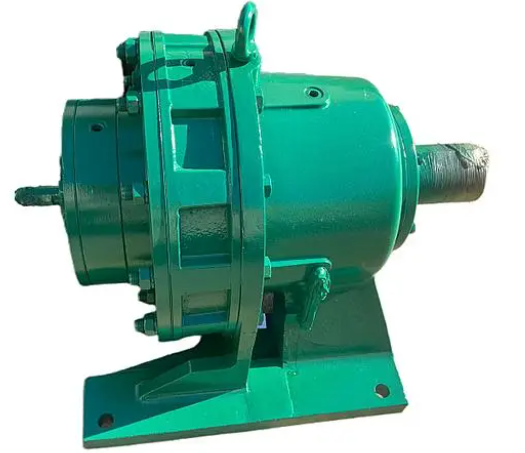Glass-lined reactor accessories, stirrer, stainless steel mixing tank, reducer, customized specifications, simple operation

The key to efficient chemical reactions: detailed explanation of glass lined reaction kettle accessories. In industries such as chemical, pharmaceutical, and food, glass lined reaction kettles are widely used due to their corrosion resistance, high temperature resistance, and other characteristics. However, ensuring the performance and efficiency of the reaction vessel is not only about its own material and structure, but also about the coordination and optimization of a series of accessories, among which the agitator, stainless steel mixing tank, and reducer play a crucial role. This article will provide a detailed discussion on such accessories to help you further understand their importance in glass lined reaction vessels, as well as how to customize specifications to achieve optimal performance.
1、 Basic structure of enamel glass reaction kettle
A glass lined reaction vessel is a device that combines the advantages of glass and metal materials. It usually consists of a reaction vessel body, a stirrer, heating and cooling systems, and a control system. The core function of a reactor is to provide a safe and effective chemical reaction environment. The combination of various accessories is an important factor in ensuring the stability and uniformity of the reaction process.
1.1 Reactor body
The main body of a glass lined reaction vessel is generally composed of an inner layer of enamel and an outer layer of steel. The enamel layer not only prevents chemical corrosion, but also has good high temperature resistance. This enables the glass lined reactor to process a variety of chemicals with different properties. Meanwhile, the different expansion coefficients of the inner and outer materials effectively prevent deformation caused by temperature changes.
1.2 Blender
The agitator is an indispensable component in the reaction vessel. Its main function is to ensure the uniform mixing of reactants in the kettle and promote the reaction process. Different stirring methods and structures can have a significant impact on the efficiency of the reaction.
1.2.1 Plate mixer
A paddle mixer is a common design commonly used for mixing high viscosity fluids. It throws the fluid in different directions through the alternating motion of the paddle, forming strong vortices that help improve mixing efficiency.
1.2.2 Spiral mixer
This mixer, with its unique spiral design, is suitable for high flow stirring. Its efficient flow characteristics enable sufficient mixing of reactants, making it suitable for mixed reactions of liquids and solids.
2、 Advantages of Stainless Steel Mixing Tanks
In some cases, using stainless steel mixing tanks has also become an option. Compared with traditional glass lined reaction vessels, stainless steel stirred tanks have unique advantages in durability and pressure bearing capacity.
2.1 Corrosion resistance
High quality stainless steel materials have excellent corrosion resistance and can maintain stability in chemical reaction environments, preventing the precipitation of pollutants or reaction products. This makes the stainless steel mixing tank suitable for handling acidic or alkaline solutions, ensuring the purity and effectiveness of the reaction.
2.2 Excellent high temperature and pressure resistance
Stainless steel mixing tanks can withstand higher temperature and pressure conditions than glass lined tanks, making them more stable and reliable in high-energy input reaction processes. This provides support for large-scale production.





